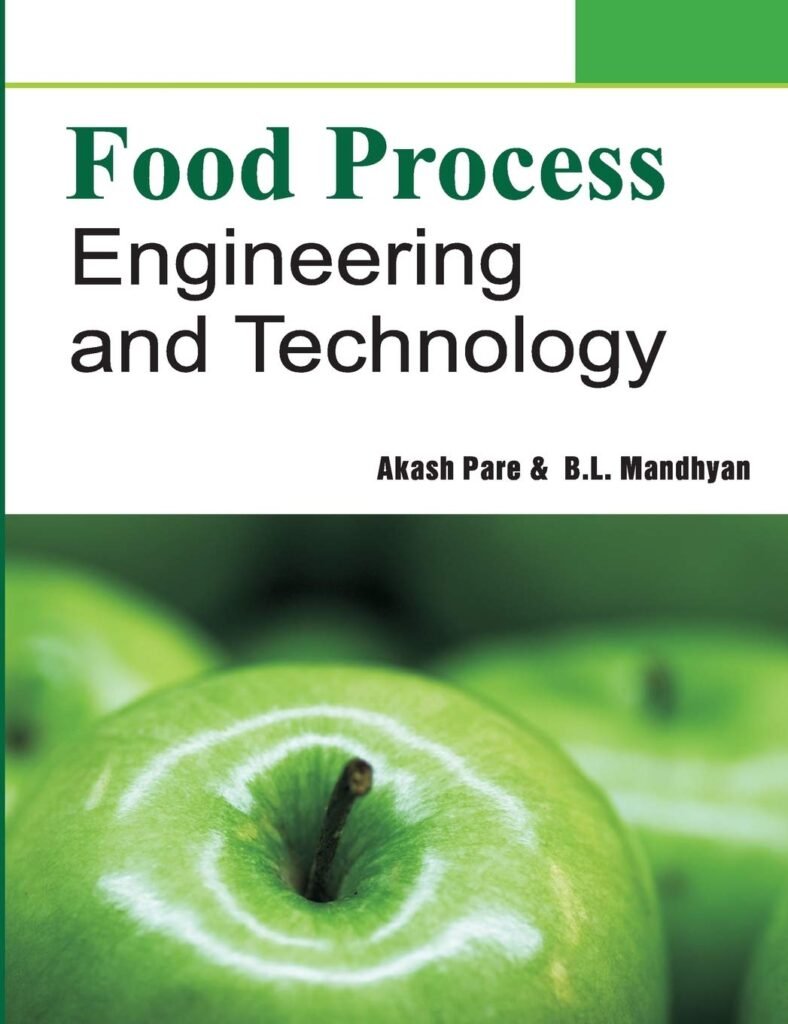
You May Also Like
Police Administration Under the British Rule: In the Northern Range of the Madras Presidency 1924-47
- ByNanhi Shop
- May 1, 2024
The Northern range was one of the police divisions of the erstwhile Madras Presidency of the British India.…
Think and Grow Rich by Napoleon Hill
- ByNanhi Shop
- February 22, 2024
Tributes To The Author From Great American Leaders “THINK AND GROW RICH” was 25 years in the…
Indian Cultural Heritage Perspective For Tourism
- ByNanhi Shop
- September 9, 2024
A book on cultural heritage from the perspective of tourism, Indian Cultural Heritage Perspective for Tourism makes an…
Trees of Chandigarh
- ByNanhi Shop
- April 19, 2024
“Till date you could not get any illustrated book to help you identify them. The shortcoming has been…
Ancient India as described by Megasthenes and Arrian: Being a Translation of the Fragments of the Indika of Megasthenes collected By Dr. schwanbeck and of the first part of the Indika of Arrian
- ByNanhi Shop
- May 26, 2025
The account of India written by Megasthenes from his personal knowledge of the country is justly held to…
Doctors Scientists and Engineers of Ancient India
- ByNanhi Shop
- April 9, 2024
The treasure of ancient India, if sincerely and honestly deciphered, shall not only help us to understand and…
